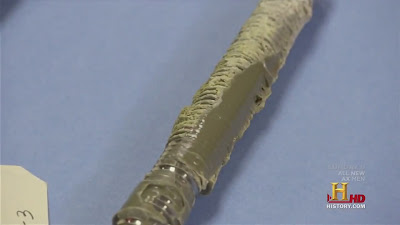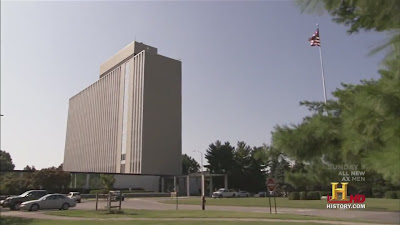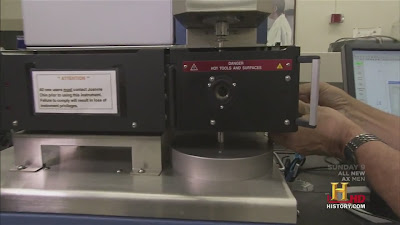
Builders used the wrong epoxy to hold the anchor bolts in place.

The cost of the epoxy used in the D Street portal construction was $ 1,287.60. The price tag
for redesigning, repairing and reinspecting all the tunnels after the ceiling collapse in the
D Street connector reached 54 million dollars.

Fast Set epoxy.
Because the scope of the Big Dig project relied heavily on the use of tunnels, the ventilation of fumes from automobile traffic became a major issue in design. The solution for the these tunnels came in the form of a suspended ceiling which created room for an exhaust duct between the ceiling and tunnel roof

was bolted into the hole secured by the epoxy adhesive.



The yellow is epoxy adhesive.



















Epoxy Fundamentals.
Epoxy covered a wide range of materials.Resin and hardener molecules link to form long chains and crosslinks result in a network that limits motion. Solid epoxy is formed by a
chemical reaction between two components.
- Epoxy Resin
- Hardener
Under constant load, molecular rearrangement allows epoxy to deform continuously in a
process called " Creep ".
Rather, it was a fundamental feature of polymer chemistry - degree of crosslinking. Dimensional change under load is affected by molecular weight. Thermoplastic uncrosslinked polymers undergo considerable change depending on such factors as molecular weight, crystallinity and load. Crosslinking bridges individual chains with covalent bonds, effectively moving the polymer in the direction of infinite molecular weight. The result is reduced dimensional change under load. The resultant change is a function of how completely the resin is crosslinked. The crosslinking is done by a chemical called a hardener. Its chemical composition and the ratio of hardener to epoxy resin determine the nature and extent of crosslinking, and thus its creep under load. Resistance to creep is critical in sustained load bearing applications.
The rate of creep and the amount of creep depend on molecular structure, crosslin density,
and temperature (Rate of creep is accelerated at higher temperatures). Under small loads,
deformation is linear and reversible, with increasing loads and longer times, deformation
became non-linear and irreversible, leading to fracture and damage accumulation.
Time - Temperature Superposition : data from short-term tests at increasingly higher
temperatures are combined to predict long-term creep behavior.

Tests applied to Fast Set and Standard Set epoxies.



crosslink density. Fast Set epoxy is therefore expected to creep at higher rate and by a larger
amount.

The standard set is approved for use in long term sustained load service. The fast set was only to be used for short term load use, not long term. Unfortunately that distinction was lost on the companies responsible for the ceiling construction, and fast set adhesive was used in the tunnel where the fatal ceiling collapse occurred.

Fast Set epoxy showed significant displacement at all load levels.
Standard Set epoxy showed minimal displacement throughout the test.
Without the creep test, adhesive is limited to short-term loading only.
Reference :
1. Epoxy Used in the D Street Portal. NTSB National Transportation Safety Board.
2. Big Dig I 90 Connector Tunnel
3. Boston's Big Dig Fatal Epoxy Adhesive Failure
No comments:
Post a Comment